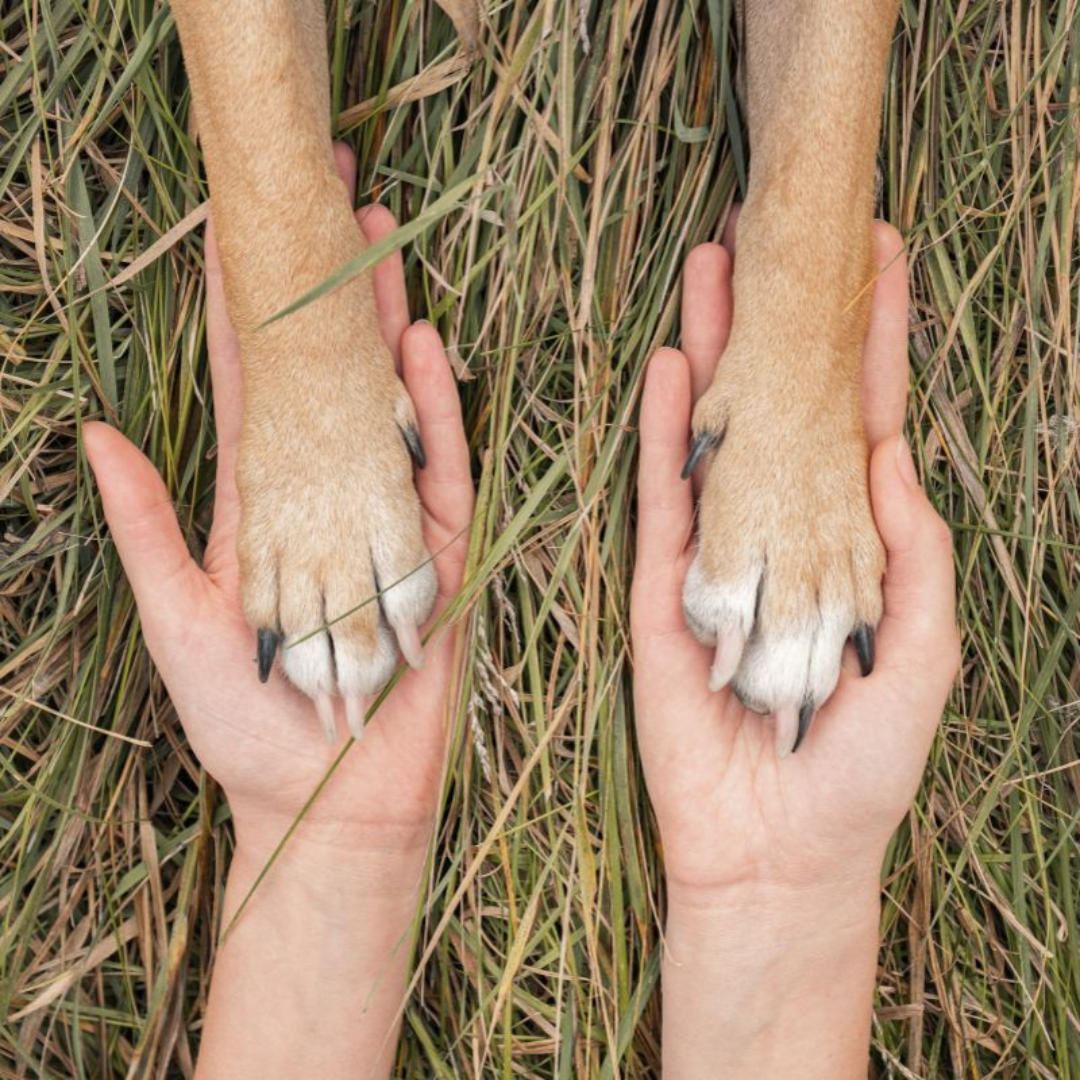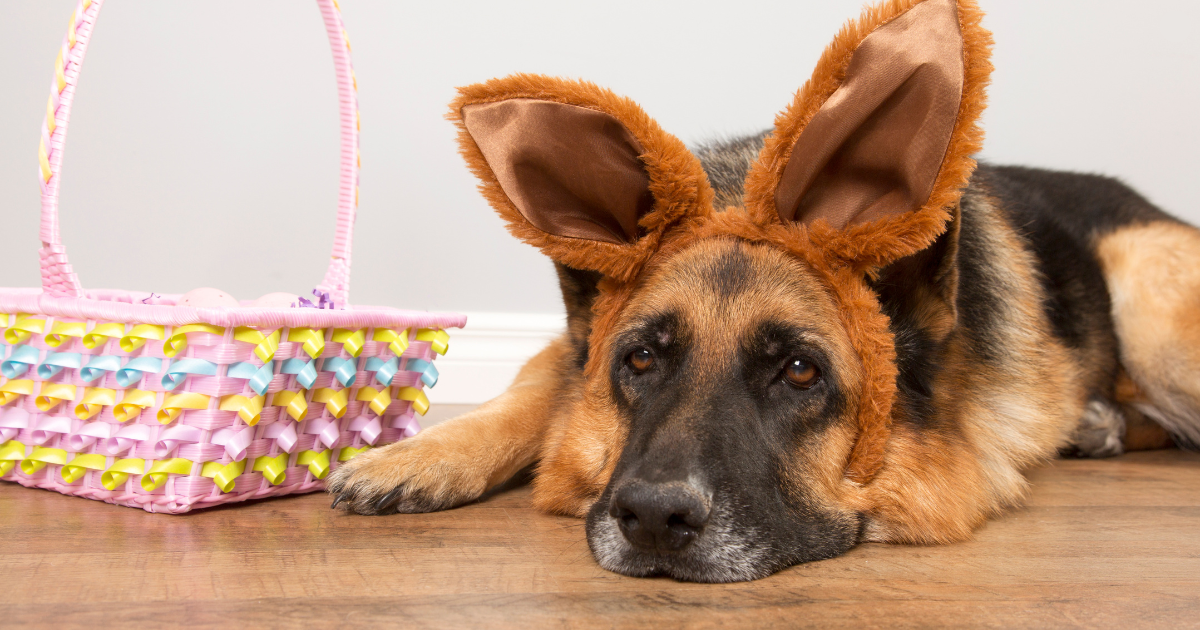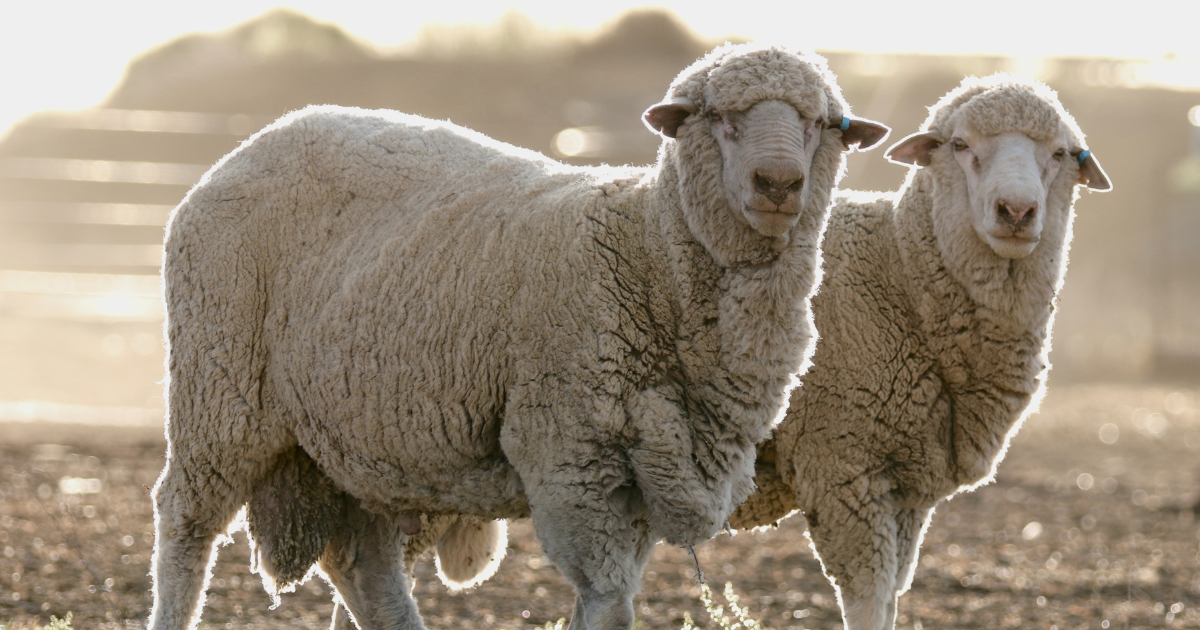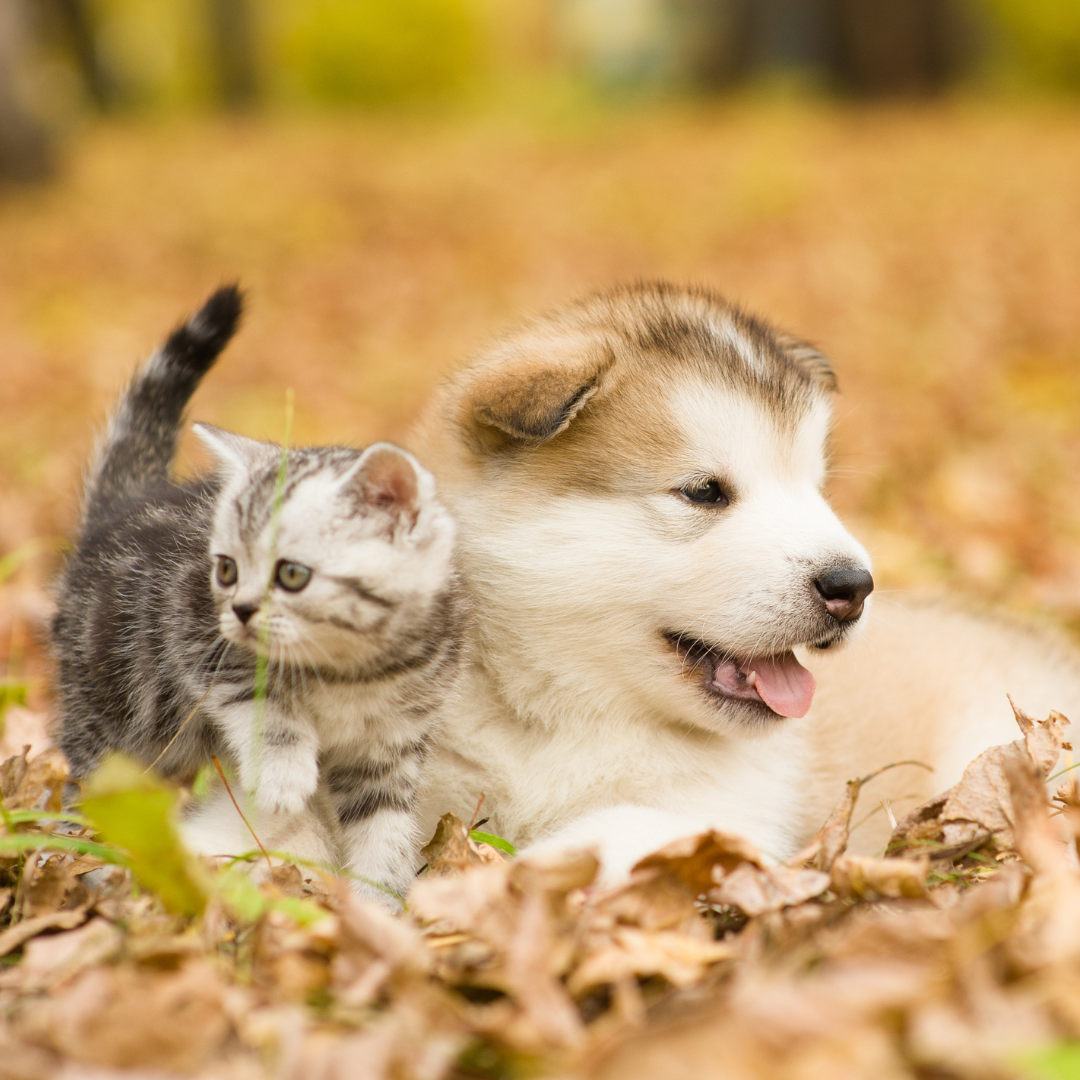5 Crucial Ways To Protect Your Pets from Harmful Grass Seeds
Grass seeds may seem harmless, but they can pose serious health risks to pets, particularly dogs and cats. These small, pointed seeds can easily attach to fur, burrow into the skin, and even enter the ears, nose, or paws, leading to infections and discomfort.
Grass seeds are small, dry seeds produced by various types of grasses. They are designed to disperse and grow new plants, but their pointed shape can make them a potential hazard for your furry friends.

Here’s how to protect your pets from the dangers of grass seeds.
1. Be Aware of High-Risk Areas
Certain grasses produce seeds that can be particularly dangerous. These grasses are often found in fields, parks, and along walking trails, so remain vigilant when out walking with your furry friend and avoid these areas during peak seeding seasons, typically late spring and summer.
2. Perform Regular Grooming Checks
After every walk or outdoor playtime, thoroughly check your pet’s fur, paws, ears, and nose for any grass seeds. Pay special attention to long-haired breeds and pets with floppy ears, as pesky seeds can easily get trapped in these areas.
3. Keep Your Lawn Maintained
If you have a garden, regularly mow the grass and remove any potentially hazardous weeds. Keeping your lawn well-maintained reduces the risk of your pet encountering harmful grass seeds in their own backyard.
4. Use Protective Gear
Consider using pet boots or protective suits for dogs when walking in areas known for grass seed problems. These accessories can keep your pooch safe and help prevent seeds from becoming embedded in their fur or paws.
5. Recognise the Warning Signs
If a grass seed has penetrated your pet’s skin, they may show signs of distress, such as excessive licking, swelling, redness, or limping. Seeds in the ears may cause head shaking or ear scratching, while those in the nose can lead to frequent sneezing. If you notice any of these symptoms, give us a call to seek prompt veterinary attention.
Grass seeds may be small, but they can lead to serious infections and may require surgical removal. If you suspect that your pet has an embedded grass seed, do not attempt to remove it yourself. Instead, contact us for proper treatment and ensure your pet’s safety.
By staying vigilant, grooming regularly, and avoiding risky areas, you can protect your furry friend from potential harm. Keep these tips in mind to ensure your pet stays safe, happy, and healthy all year round.





